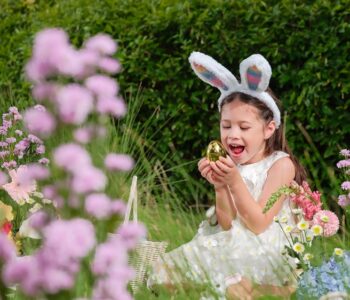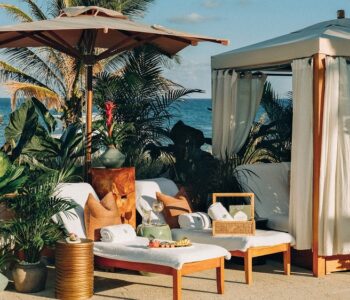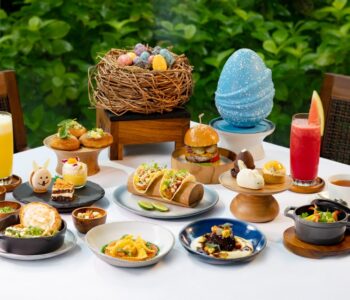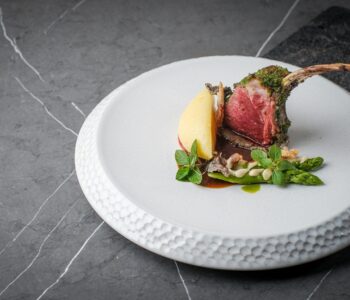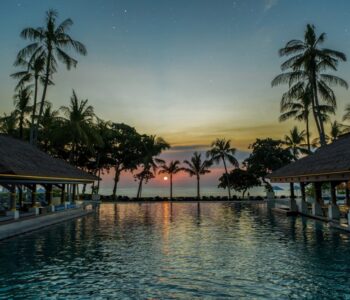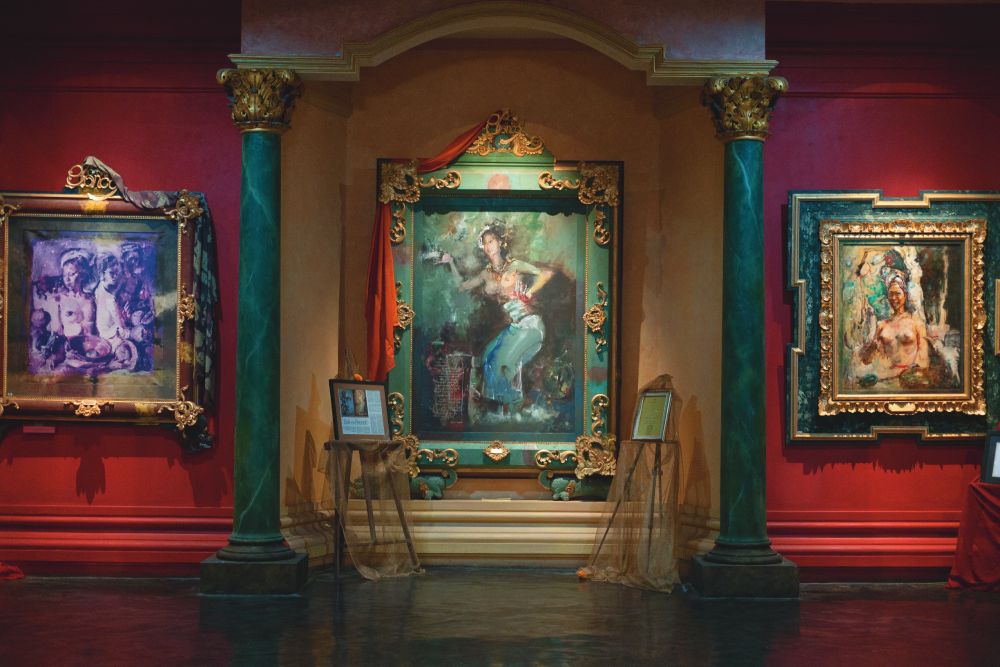
Whilst many of the art museums in Bali present a collection of legendary artists and their works, only one is dedicated to a singular artist, The Blanco Renaissance Museum. As such, this iconic Ubud destination invites for an exploration that is viscerally personal and allows visitors a peek into the very mind of its eponymous founder, Don Antonio Maria Blanco.
Perched on a prominent hilltop above the Campuhan River, overlooking the sacred point where two rivers meet, sits the homely Blanco complex. A verdant two-hectare estate, gifted to the artist in the 1950s by then King of Ubud, Tjokorda Gde Agung Sukawati, a visionary Balinese royal who keenly understood the importance of visiting artists in showcasing Bali’s unique culture to the world. This is where Antonio Blanco’s story with Bali began, where he built his studio, home, family and eventually museum, and where his memory remains ingrained in the fabric of Ubud’s art history.
The Blanco Renaissance Museum stands at the centre of this estate, its entrance marked conspicuously by a towering marble structure almost 10 metres high: Antonio Blanco’s self-made symbol, fashioned out of his own signature. Extravagant, quite inline with the rest of the museum, which displays an amalgamation of European architecture, Balinese Hindu philosophy and local iconography. “It is a reflection of him,” explains Mario Blanco, the maestro’s son. “The museum is a monument to his life,” he shares, knowing intimately the details of the building having completed his father’s dream when the artist passed away in 1999, continuing the legacy to this day.
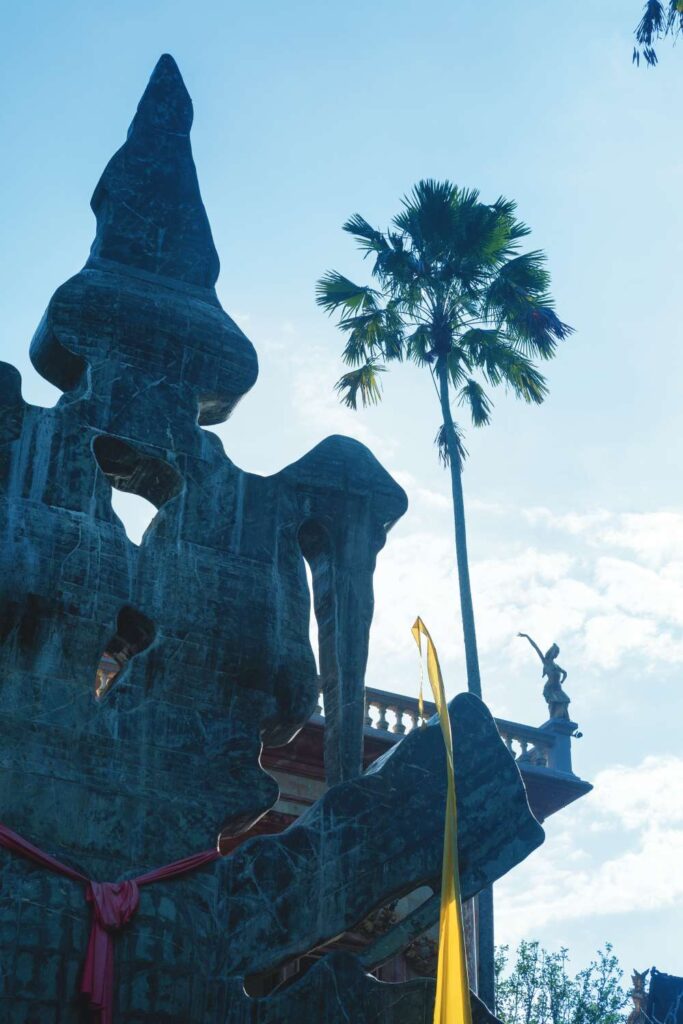
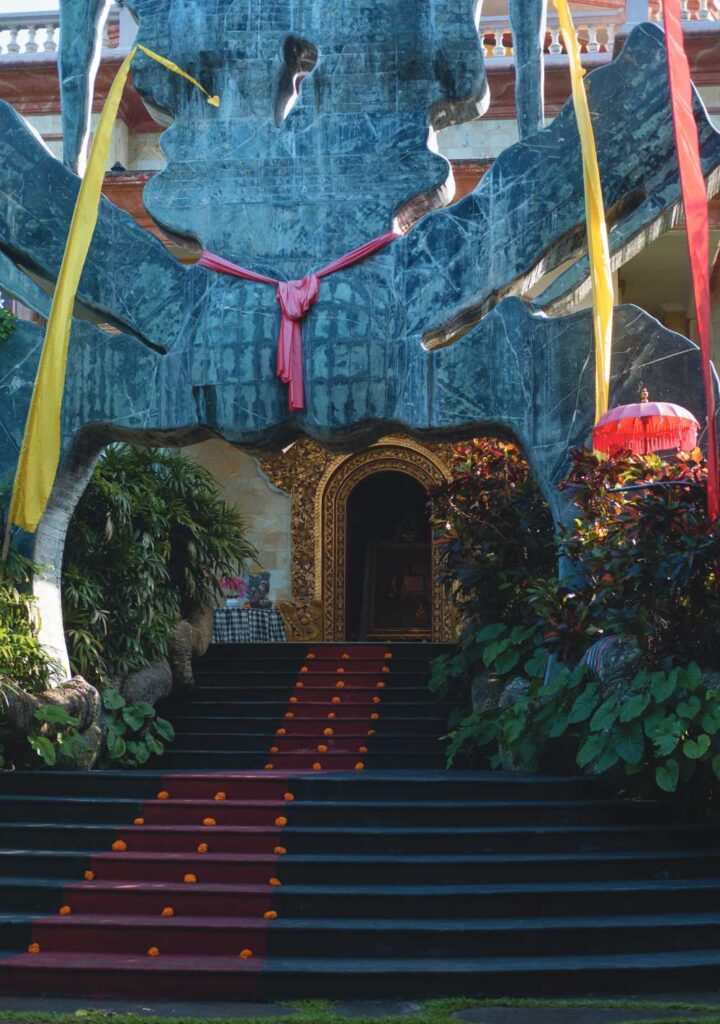
From the domed building, renaissance-styled marble pillars and stained glass windows, to the stone-carved dragon banisters that border the grand stairway like a Balinese temple and gilded statues of Balinese dancers that adorn the terrace’s balustrade, its architectural direction is certainly one of a kind. It speaks to the artist’s Spanish descent (though born in Manila, The Philippines in 1911) and of course, his intense love for the island’s culture and way of life.
Inside, through the intricately-carved Balinese doorway, two floors of works hang upon the boldly-coloured walls. The eclectic paintings of Don Antonio Blanco, who, although classically trained in fine art and impressionism, was most famous for his expressionist romantic style, through which (or perhaps because of…) he conveyed his admiration for the female form. More specifically, that of his elegant Balinese wife and renowned dancer, Ni Rondji. Though 90 percent of the artist’s work are nudes, still life paintings, portraits, images of Balinese culture, in particular dance, are also depicted through the lens of the inimitable artist.
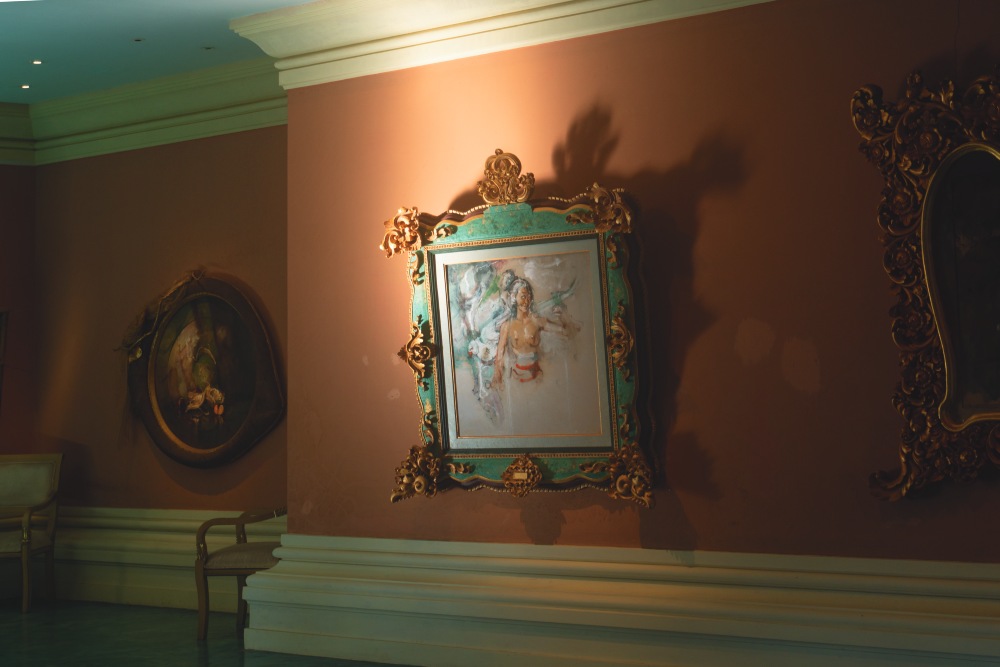
Now, Antonio Blanco’s work afforded the maestro many awards and accolades over his lifetime — The Tiffany Fellowship (USA), The Cannon Prize (New York City), The Best Portrait Award (Society of Honolulu Artist USA), Cruz de Caballero by King Juan Carlos I, Rey De Espana, giving him the title of ‘Don, to name a few — and so lovers of art will certainly appreciate Blanco’s mastery of the brush. However, the experience of the museum extends beyond the canvas, with eclectic creative endeavours on display that will make any visitor revel in Blanco’s unique approach to art.
For one, every painting is given a bespoke frame, designed and conceptualised by the maestro himself. They are often in theme with the subject, expanding ideas into a new physical dimension. For example, ‘Dali Timepiece’ features giant ants (frequent symbolism in Salvador Dalí paintings), crawling across the frame; ‘The Maiden and the Bullfrog’ is embellished with the carved masks from the dance it depicts; a still life painting of durian encased in a giant wooden recreation of the stinky fruit’s spindly skin. “Even a beautiful woman adorns herself with earrings and jewellery,” Mario Blanco shares. “So, each frame is like the jewellery of the painting,”
The eclectic nature of Blanco’s body of work expands into wild collages, made up of magazine cutouts and mixed media scribblings, as well as fun, lighthearted poetry captured in equally amusing frames featuring swinging legs and naughty symbolism. Collectively, they display more than anything the artist’s fervent need to express and indeed entertain himself. Nothing shows this last aspect more than the ‘Above 17 Years Old’ section of the exhibit, featuring the naughtiest and raunchiest of the artist’s hilarious creations, which he had kept closed in his bedroom and were only displayed posthumously — we shan’t ruin the surprise here.
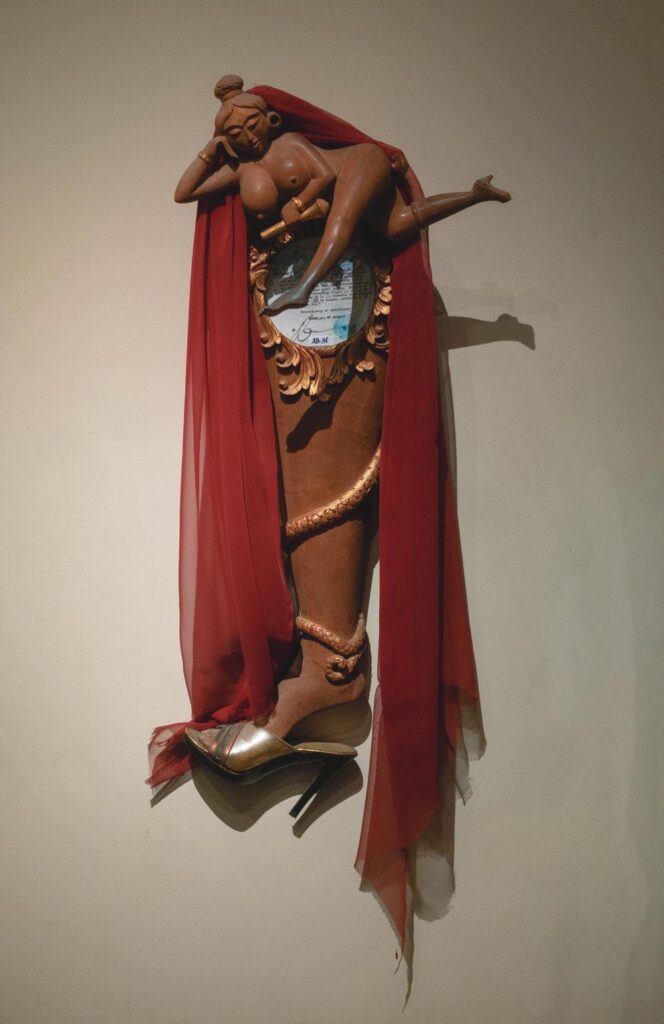
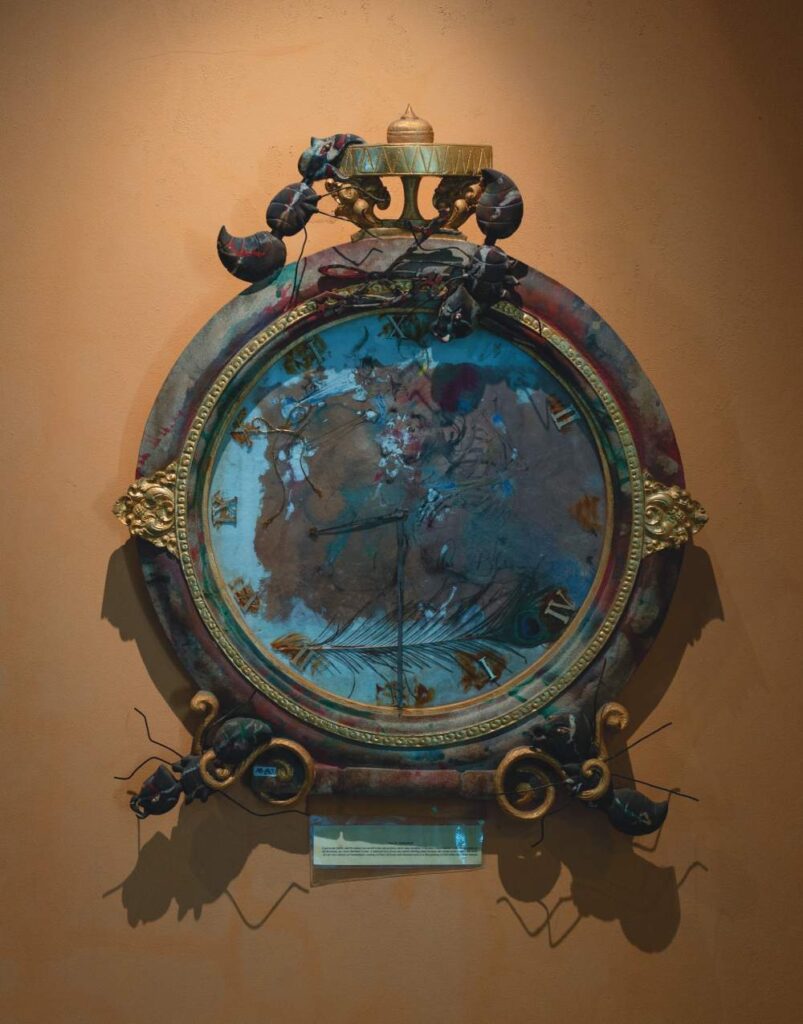
To display paintings, even if great works of art, is not the raison d’etre of this unique museum. Rather, as mentioned, it is a monument of the artist himself, managing to preserve his larger-than-life character, perspective, intense love, talent and even his sense of humour. In the same way that a Balinese family shrine (sanggah) holds the souls of its ancestors, the museum preserves the soul of Don Antonio Blanco.
No room does this more than Blanco’s original studio, dating back to the 50s with much of its original layout. An old thatch-roofed building, with a giant bay window in the ceiling that floods the centre of the room in natural light, upon the easel the Don had worked upon. A real time-capsule, offering visitors a glimpse into the process of the ‘Dali of Bali’, as a Spanish reporter called him. The room has remained largely untouched.
“I can only paint here,” shares Mario Blanco. “I have tried elsewhere but this is the only place where I am inspired.” A cultural photographer and impressionist painter, Mario’s own work is on display as well. Though never formally trained by his father, the signature Blanco style is evident in his pieces. Mario’s ultimate contribution of course has been honouring Don Antonio’s legacy, building the museum and its experience so that others too can, in some way, have an exchange with the larger-than-life character that was his father, who passed away at the age of 88.
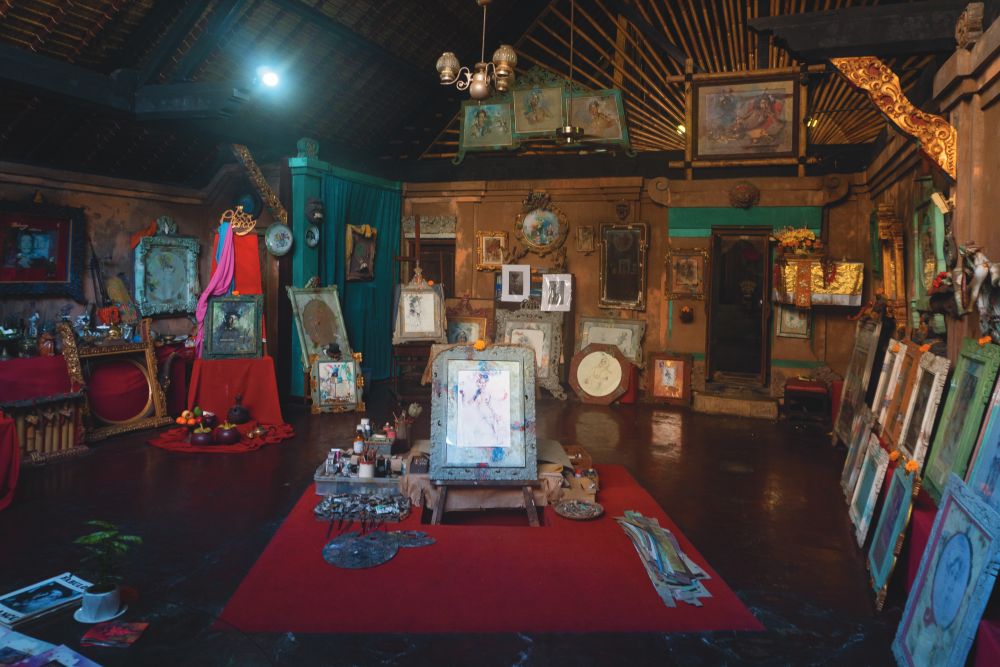
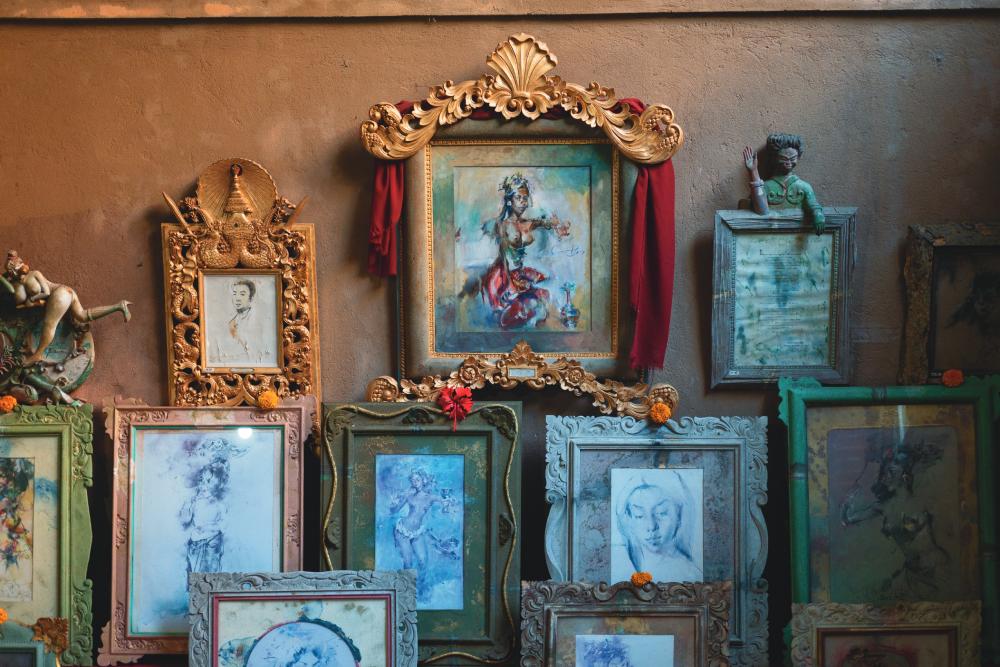
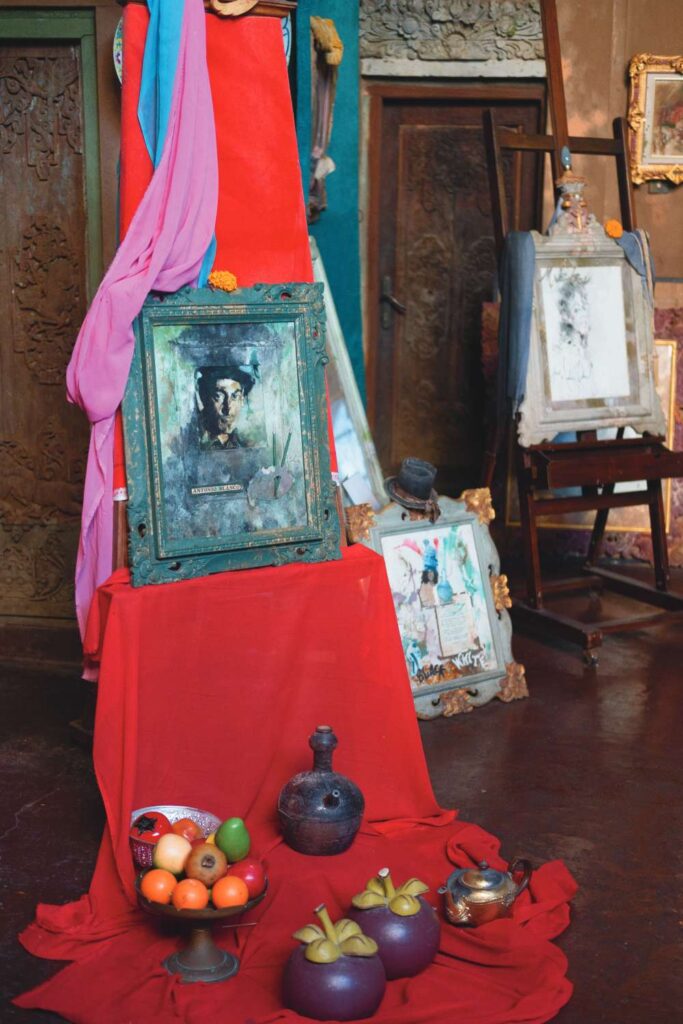
The entertaining stories told during a tour around the museum are what bring it to life, a naughty joke here, an inspiring quote there. It brings an insight not only to the life of one of Bali’s great foreign artists, but also to the story of Ubud. The town’s history is steeped in art and culture, and indeed the relationship between the Ubud royal family and the visiting foreign artists is one of the most significant interchanges of the island’s modern history. Thus, The Blanco Renaissance Museum remains one of Ubud’s must-do experiences, giving life to the town’s history.
Building upon the museum experience, the complex houses a fabulous restaurant and café, The Plant Bistro. The plant-based eatery enjoys perhaps the best view of the stunning Campuhan confluence and the surrounding valley that once inspired the legendary artist.
The museum is open daily from 9am to 5pm, with entrance fees priced at IDR 100.000 per person. Private tours hosted by Mario Blanco can be organised in advance for special occasions and guests.
The Blanco Renaissance Museum
Jl. Raya Campuhan, Sayan, Kecamatan Ubud, Kabupaten Gianyar, Bali
+62 361 975502
@blancomuseum
blancomuseum.com



